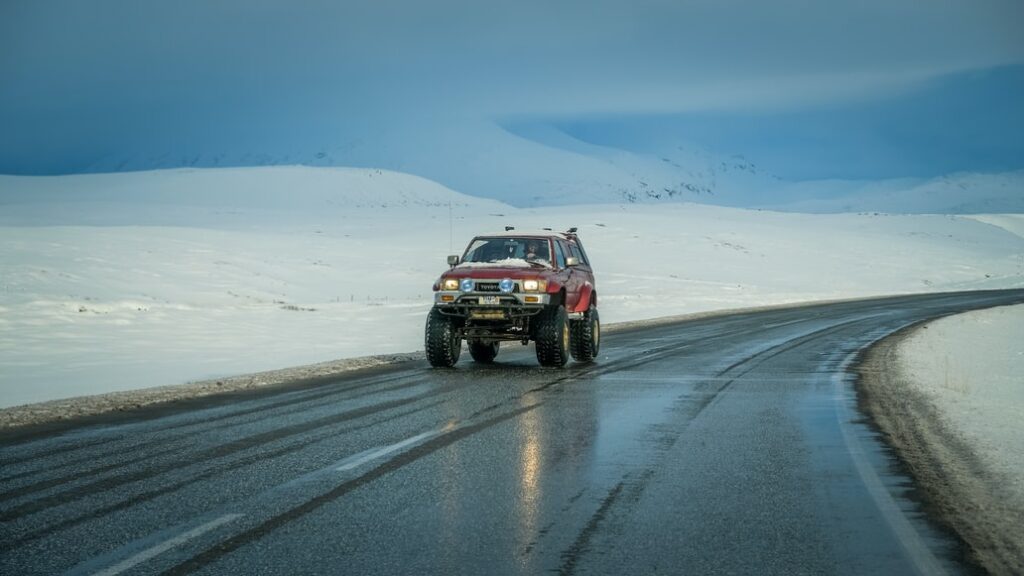
The ultimate purpose of aftermarket armour is to give strength, longevity, and functionality to the car, shielding it from serious damage (whether it is from rocks or other cars), so we can return home safely and independently. The purpose of your vehicle will ultimately determine whether or not you install armour and which components you choose.
From the manufacturer, all stock vehicles are equipped with light-duty “armour.” Original equipment manufacturer (OEM) bumpers are built to limit damage in low-speed collisions and crumple (absorbing energy in the process) in high-speed collisions.
OEM skid plates also protect critical components (such as the engines, transmission, and transfer case), but only in extremely light-duty scenarios. Stock bumper and skid plates are light, cheap to make, and built for occupant protection in emergency cases instead of daily off-road abuse.

Which Armor Should You Prioritize?
Always begin with the front bumper. Front-end animal impacts and slow-speed fender benders cause the majority of the damages we see on the road. A front bumper with a hoop protects both the headlamps and the radiator, allowing you to resume your journey (or at the absolute least, go to a service facility for repairs) if you inadvertently strike a kangaroo in the bush (or a mule deer in Montana).
Apart from vehicle safety, well-designed front bumpers like the ones from Australia’s leading supplier of Bushwacker offer off-road performance. This is by providing higher ground height and a higher approach angle. Winch mounting plates, designed recover points, auxiliary light installations, and a solid jack point for your beloved Hi-Lift or ARB Jack are all common features of aftermarket front bumpers.
Benefits Of the Rear Bumper
Following that, we always choose a rear bumper. In our case, rear protection is required (we’ve backed into a lot of things in rainy and dark campgrounds), and a wider departure angle is always beneficial, but the swing-outs’ greatest benefit is the additional storage they provide.

We’ve discovered that the larger-than-stock General Grabber tires no longer fit in our spare tire placement on any of our builds. This is normally due to the tire diameter being too large or the area being used for a water tank or a Long-Range America extended-range gasoline tank. In comparison to the factory location under the truck, a swing-out on the back bumper is perhaps a prime spot for the spare tire because it is more easily accessible.
Skid Plates Vs. Sliders… Or Both!
Your preference for sliders or skid plates will be determined by your travel or leisure four-wheeling style.
The purpose of rock sliders is to safeguard your rocker panels from damage. Crushed rocker panels can make it difficult for doors to open and close properly. This isn’t good. For popular 4×4 vehicles, there are various bolt-on or weld-on rock sliders available, but as a long-term traveller, you may not require them. Ours are frequently utilized as a step to get access to roof-mounted things (or to quickly transport camera crews!). We occasionally come upon terrain that necessitates the use of a rock slider. We’re glad we have had them in those situations.